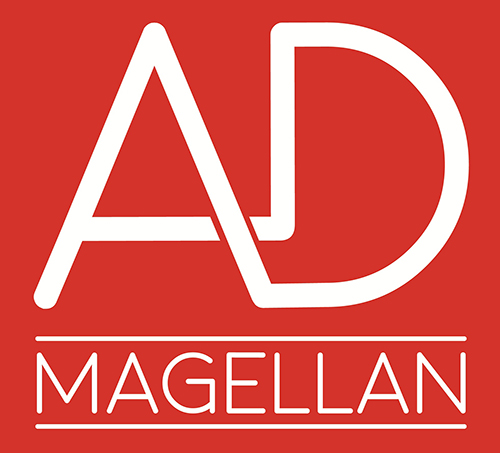
In 2016, numerous people were hurt or died when a balcony from an apartment building sheared off. Using composite wood rather than pneumatically treated wood and letting the balcony get wet before enclosing it resulted in lawsuits against the building contractors.
The year 2018 saw a wooden balcony collapse unexpectedly, injuring a woman and her husband. A building inspector for the city of San Francisco concluded that dry rot was probably to blame for the collapse. The homes were built in the 1940s without balconies; they were later added. The proprietors of the residential areas ignored various warning signs that were raised by these early mistakes. Instances like these are why SB 326 was a landmark bill in California.
What Is SB 326?
Associations are required under the bill to inspect exterior raised elements and load-bearing structures visually. It includes:
- Six feet or higher structures, such as elevated pathways.
- Decks.
- Patios.
- Balconies.
A licensed architect or structural engineer must produce a report. It should also be included in the association's reserve study.
Regular inspections are required, and the legislation specifies various time frames. The initial inspection for existing HOAs must be finished by January 1, 2025. The reserve study inspection must be coordinated with subsequent inspections. These must be performed once every nine years.
Importance of SB 326
Regular inspections are essential when erecting a balcony to shield children and animals from a tragic fall. Owners will have the peace of mind and security that comes with taking wise action if railings and balconies are built correctly with a solid hold and load-bearing connection.
Safety Inspections According to SB 326
Visual Inspection
Visual inspection is the first and most crucial part of an SB-326 evaluation. The inspector will visually examine the load-bearing elements' exposed surfaces, their attachment points, handrails, and how the various parts work together.
However, a visual examination will not meet SB-326's standards if the building's wood frame is concealed by siding or stucco.
Endoscopic Testing
Inspectors frequently use endoscopic testing as the preferred inspection technique. This is because it is less disruptive than destructive testing, which is pricy, untidy, and noisy. They drill tiny holes in the underside of the soffit for endoscopic testing. The condition of the hidden wood is then visually examined using endoscopic cameras known as borescopes.
They use specially made, air- and water-tight plugs to plug the tiny holes when the check is finished.
Moisture
Inspectors can look for moisture incursion by using moisture sensors. They assist them in seeing the signs of impending dry rot so that upkeep and restorations can be made to stop it.
For more on the importance of SB 326 for ensuring safe balcony construction in California, visit AD Magellan Construction Planning and Management at our office in Vista, California. Call (877) 899-5990 to book an appointment today.












